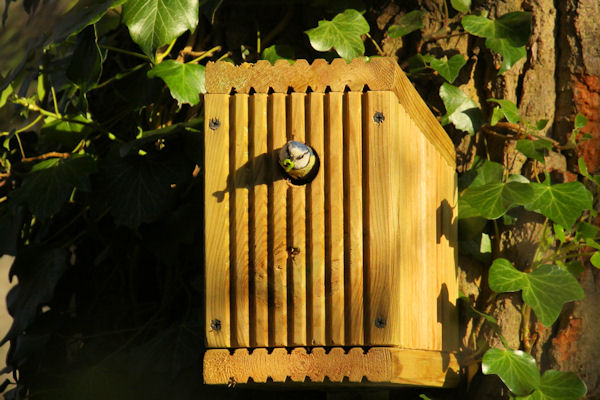July '22 in Bicknor Wood
The wood offered some respite from the oppressive heat in the deep shade of its thick canopy. The committee installed a pond earlier in the year and the lack rain has proved that to be a prescient and timely action. The trees shed their leaves in times of stress. Lack of rain has caused them to drop them early to retain moisture.
Insects love the heat and a few dragonflies have been noted in the wood and its immediate environs. Migrant Hawkers and Common Darters were mostly seen on the meadows of the Bicknor Wood development. A single Brown Hawker was seen flying around the clearing in the wood.
The Butterfly Conservation charity organised a butterfly count to be conducted during July. Did anybody do a count? I would be delighted to receive any results that you may have submitted. My attempts did not result in many species sightings, but many of the flowers had dried up compared with this time last year. Gatekeepers featured strongly.
There is still time to have ago yourselves, the count continues until August 7th. Here is a link to the charity website with the details.
Ornate-tailed Digger Wasps have been seen in a loose colony in the clearing. Look for small holes surrounded by a small amount of spoil. They have been seen bring incapacitated bees back to their burrows which will serve as food for their larvae when they hatch.
A Buzzard was seen perched inside the wood on 2 occasions during the month. Probably seeking refuge from the Herring Gulls that mob it as soon as it flies.
A Treecreeper (perhaps two) has been seen with more regularity this month after a complete absence during the spring. It (they) might be first year birds moved on from their parent's patch after fledging. The Song Thrush fell silent from the 9th and Wrens haven't been heard since 15th..
Some Robins have been taking up much of my attention. A young bird had started to show red on its breast and was very approachable and easy to take pictures of. Irresistible! Another was losing its feathers after breeding and made a nice comparison with the immature bird as they both went through their respective moulting processes. They were easily tempted by titbits and made great subjects for the camera.
Rosebay Willowherb and Common Ragwort have been the talk of the flower-lovers amongst you. Both showing in thick patches around the clearing where the light gets in.
There are two other species of willowherb identified in the wood so far. Broadleaf Willowherb loves ditches and moist areas. It can be seen in its densest profusion along the northern edge of the wood, particularly, close to the show home office.
Enchanter's Nightshade (Willowherb) is a plant of shady places. It can be seen close to the path leading between bird boxes 15 and 16, or on the southern carriageway of the double path.
A evening with the bat detector found three species with some good views, Common Pipistrelle, Soprano Pipistrelle and Noctule and at last, I managed to get a clear shot of a Rabbit. A couple of young rabbits have also been seen.

















Comments
Post a Comment